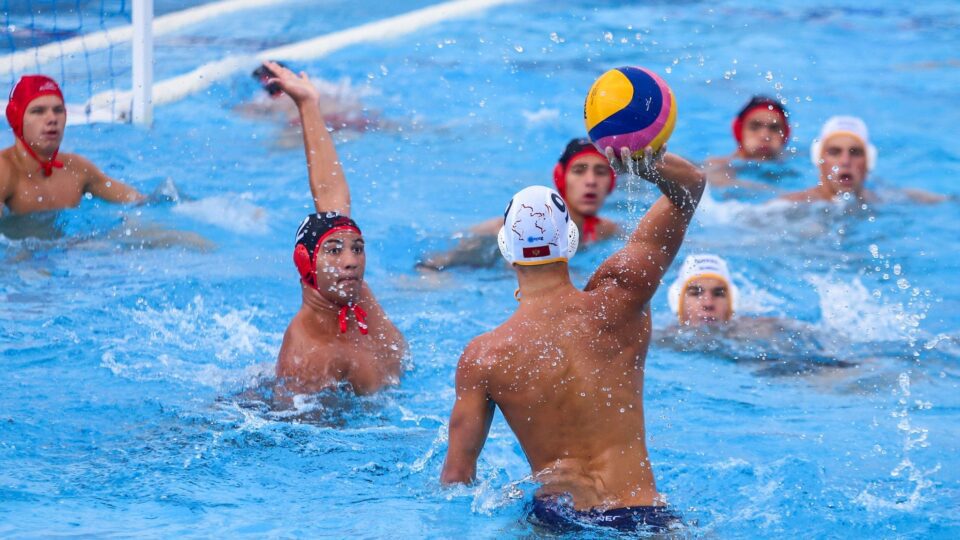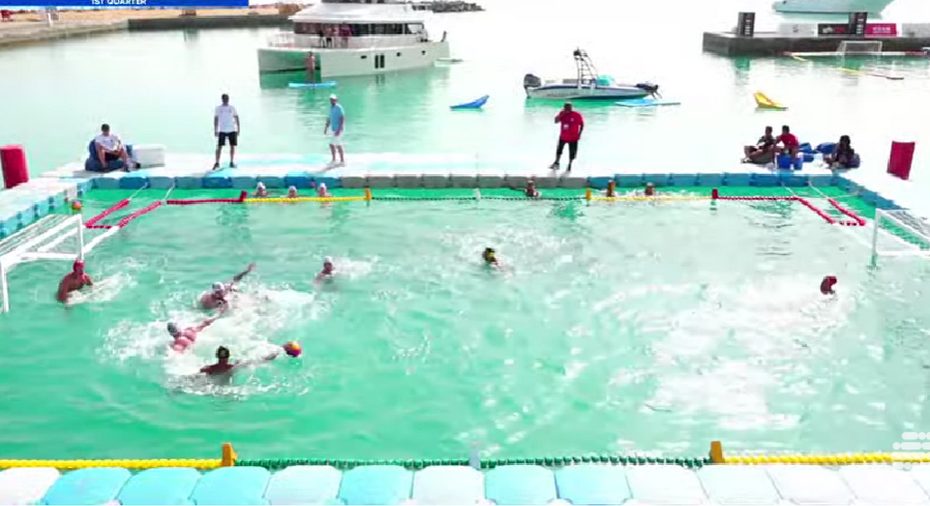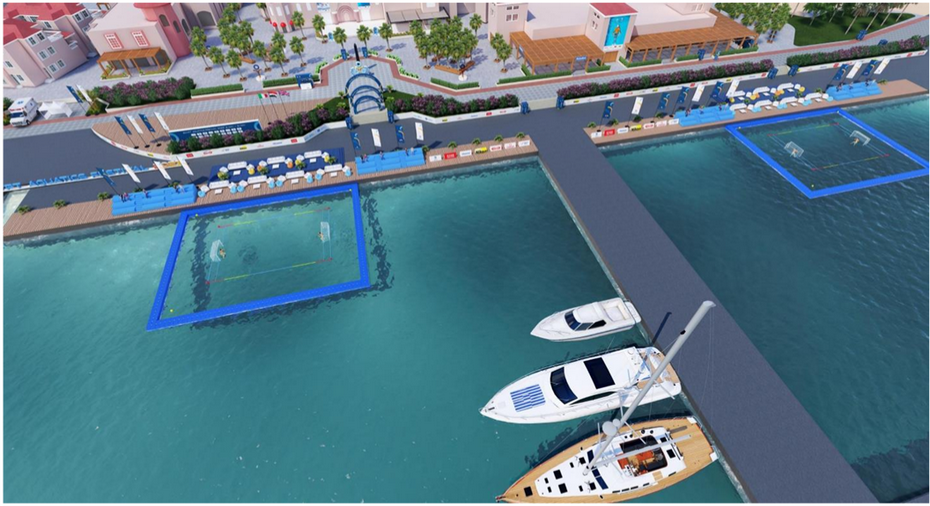Yesterday, at the FINA World Water Polo Conference in Budapest, a panel of experts made 20 propositions for new water polo rules – check out all the suggestions made in our list below.
Are you an active or former player? Make sure to your voice is heard and share your opinion on the new rules in our athletes poll. We will publish the results in a post to ensure, that the player’s perspective gets the exposure it deserves!
List of Propositions
- Change to rule 20.15: shot clock time reduction to 20 seconds for a second offensive possession, after a corner or an exclusion.
- Change to rule 19.1: free throw to be executed from the location of the ball (not as currently from where the foul was committed).
- Change to rule 17.2: A corner or lineout throw can be shot directly into the goal or swam and shot into the goal without passing the ball to another player.
- Modification to rule 21 and 22: the assignment of exclusion and penalties may be delayed (to favor the attacker). Before whistling, the referee can wait to see if the action leads to a goal. It is, in fact, a rule for advantage.
- New rule: Introduction of a limited time period (to be determined) for the center forward to stay in front of the goal, within the area of 6 meters and the two goal posts.
- Change to rule 5.6: Introduction of an additional area to for substitution along the side lane within the team’s half court for dynamic changes.
- New rule: Introduction of a clear signal from the referee authorizing the player to shoot directly from the 6-meter line (to be applied for situations where it is unclear whether the attacker is within or outside the free throw line).
- New rule: the time-out button is the responsibility of the team.
- New rule: a video game recording system (GVMS) to be used to review arbitration calls regarding brutality or any offense characterized by violence or misbehavior post game; players can be sanctioned after the game.
- New rule: use of audio communication tools for the referees during the match.
- New rule: A personal foul, but without expulsion, is assigned to the defender on the center forward if he does not have possession of the ball.
- Change to rule 11.2: decrease half-time break from 5 to 3 minutes.
- Change to rule 5.1: each team will consist of a maximum of 13 players + 2 substitutes in competitions such as the World League and World Cup. The roster of 13 players can be changed in every game (except in the Olympic year).
- Change to rule 10.1: using visual effects around the excluded player area, the secretary at the timekeeper’s table will report the last 5 seconds of the exclusion and when the expelled player can return.
- Modification to rule 20.1: the norm on the ordinary foul is completely rewritten. All cases from rule 20.2 to 20.17 of the regulation are punished with a personal foul, except for 20.2, 20.6, 20.7, 20.10, 20.12, 20.14, 20.15, 20.16. The goal is to reduce the number of fouls, whistles, interruptions in play, restraints, holding and impeding, and in this way the number of fouls committed on the center forward.
- Change to rule 23.1: the penalty can be scored from anywhere along the 6-meter line. It is allowed to move sideways, feint and put the ball on the water. The goalkeeper is allowed to move out from the goal line up to the 2-meter line.
- Change to rule 14.3: move the direct shot line from 5 to 6 meters. The goal may be scored with (A) an immediate shot or (B) after a feint, dribbling or putting the ball in the water.
- Change to rule 14.2 .: the goalkeeper is allowed to move and touch the ball over the half-way line. In a game’s conclusion, the goalkeeper can be deployed on the attack to create a numerical superiority.
- New rule: (a) Once in possession of the ball, the team has 10 or 15 seconds to get past the half-way line to the ball. (b) After this happens, the ball can no longer be returned behind the half-way line.
- Change to rule 12.1: each team can request 2 timeouts during the match, each lasting 1 minute. Both timeouts can be called in the same quarter.
It is yet to be decided which suggestions will be implemented, as well as how they are going to be tested.






